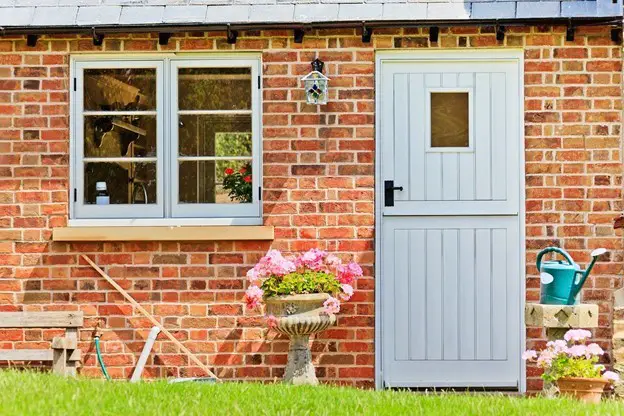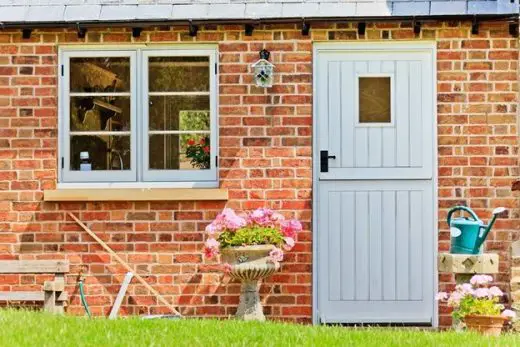How important is a damp and timber report tips, House rot problems advice, Building infestations guide
How Important Is It to Have a Damp and Timber Report?
Oct 16, 2020
A damp and timber report is the only way to have a property adequately surveyed for damp and rot problems, and woodworm infestations.
Before purchasing a new property, it’s highly recommended that the prospective buyer has a detailed report compiled by a professional to catch any unwanted or potentially dangerous problems with damp and timbers in the building. Failure to carry out a damp survey and timber report could leave the new owner with structural faults, pesky infestations and large costs further down the line.
In this article, we take a look at why it’s important to carry out a damp and timber survey see https://dbi-ltd.com/damp-survey/.
What Does a Damp and Timber Report Look For?
A damp and timber report surveys a property’s structure, both inside and outside, with the goal of finding damp, rot or infestations. Reports should be compiled by a surveyor, who will also identify the specific form of damp or rot, or the species of woodworm that could be present in the timbers.
Specifically, a damp and timber report look for and identifies the following issues, if they’re present in the property:
- Condensation damp
- Rising damp
- Penetrating damp
- Wet rot
- Dry rot
- Woodworm infestations
- Other pests
A professional report is important to prospective home buyers because many of the above issues are often hidden and difficult to identify or locate without proper training and experience. Different types of damp and rot often look the same, with only subtle differences – yet one can be relatively harmless while another could cause serious structural problems.
How Is a Damp and Timber Report Compiled?
A damp and timber report consists of two main sections. The damp survey, where different types of damp are identified, and the timber report, where walls, ceilings, doors and other timber structures are checked for rot or infestation.
A thorough survey covers both inside and outside a building, as well as ground-level checks for damp. The surveyor will carry out the necessary inspections in distinct phases, to ensure that everything is accounted for and nothing is missed.
External Checks
The surveyor usually starts with the external checks of a building. Primarily, they are looking over the external structure of the building, including doors and walls. They will also check outbuildings such as a garage or conservatory if present.
Externally, one of the most important areas to be checked is the roof. Broken tiles, loose slates and damaged gutters can all lead to leaks. If water gets into a structure, this can cause penetrating damp or wet rot, which can spread throughout the entire property.
A summary of external checks:
- External structures
- Doors
- Windows
- Gutters and drainage
- Walls
- Roofing
Ground-Level Checks
The surveyor will also carry out ground-level checks of a property. This involves checking groundwater levels and ensuring that the building has efficient drainage systems.
Older buildings are particularly prone to rising damp, as they won’t have been constructed with a damp-proof course (DPC) at ground level. In newer properties, this should already be in place. A damp-proof course acts as a waterproof layer to stop water seeping in from ground level.
Rising damp is one of the most dangerous forms of damp, and it works its way up into buildings from ground level. Flooding is often the biggest cause of damp or rot in buildings, so this is an important part of the survey.
Internal Checks
Once the external and ground-level checks have been completed, a damp and timber surveyor will move inside the building for the final stage of the report.
The surveyor checks all inside structures, including the reverse of door and window frames. The checks take in walls, including common problem areas such as skirting boards where infestations or damp can often be found.
The flooring also needs to be checked, which can involve having to lift carpets and check the underflooring if made of timber. Attics or loft spaces need to be thoroughly checked, as this is often where the first signs of damp, rot or an infestation will be found.
A quick summary of internal checks:
- Inside walls and structures
- Inside door frames and windows
- Flooring
- Underflooring
- Attics
Reports and Recommendations
Once the survey has been completed, the professional surveyor will analyse the information and produce a detailed, written damp and timber report.
As well as stating any current problems or issues, the report should detail anything that could potentially arise in the future. The report also contains recommendations and fixes to avoid long-term issues with damp, rot or infestations.
What Are the Dangers of Not Having a Damp and Timber Report?
Carrying out a comprehensive and accurate damp and timber report is important for a range of reasons. If a report isn’t carried out, a new buyer could be left with structural problems to fix after they’ve purchased a property. Mould and damp can cause severe health problems. Catch the problems before purchase, and the current owner can resolve the issues.
If damp, rot or infestations aren’t identified through a damp survey and timber report, you could be in danger of the following:
- Expensive damp-proofing work after purchase
- Expensive repairs due to damp, rot or infestation
- Flooding or leaking from below ground or through the roof
- Damp or condensation in winter
- Damaged paintwork or plastering
- Musty smells
- Weakened timbers and supports
- Structural problems with walls, supports and roofing
- Health issues arising from respiratory illnesses
- Pesky infestations of woodworms and other unwelcome creatures needing pest control
Contact Professionals for Your Damp Survey
A damp and timber survey is the best way to catch any existing problems with a property. For a detailed and thorough report, you should only approach experienced and certified professionals.
Experience is key, as missed signs or mistaken identification could end up costing you more in the future than the upfront expenditure of hiring a professional to get the job done properly.
Comments on this How Important Is a Damp and Timber Report? advice article are welcome.
Pest Control and Timber Design
8 property maintenance tips to prevent pests
Pest control prevention steps building homes
Building Articles
Comments / photos for the How Important Is a Damp and Timber Report? Guide page welcome







